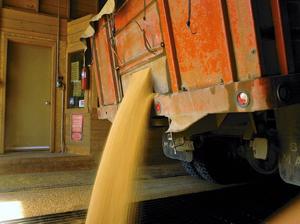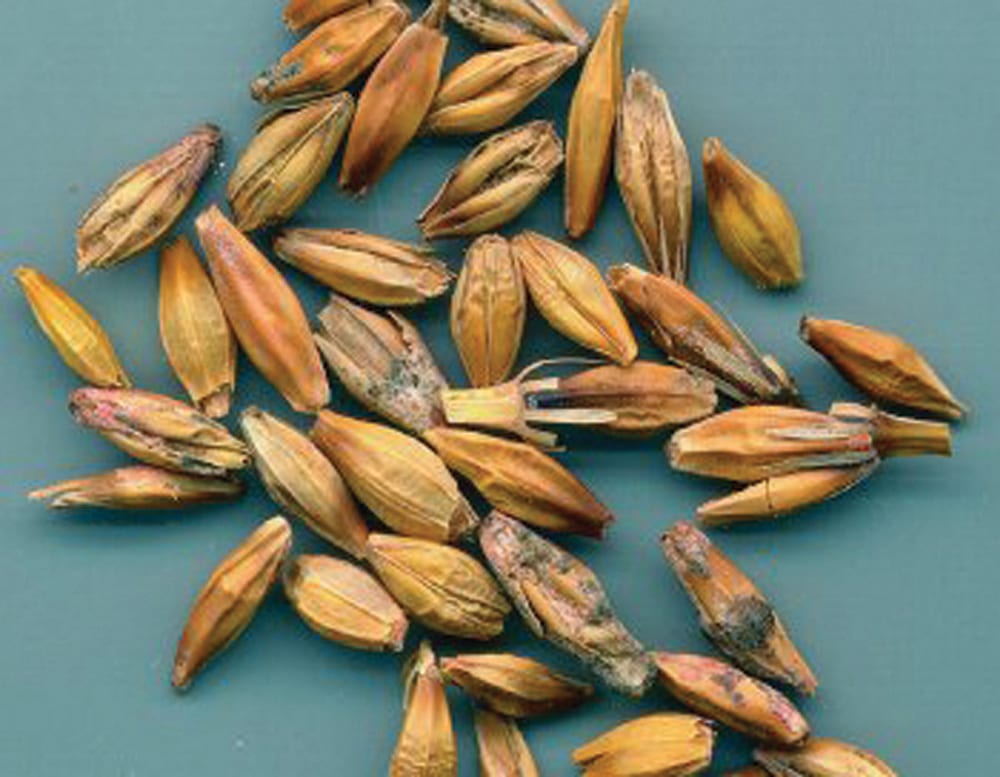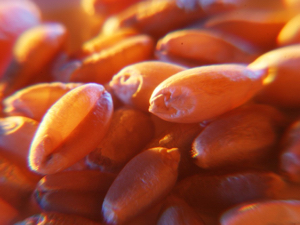How to make your best grain grade deal

Occasionally producers make sales agreements with grain companies, then find their grain downgraded when they deliver it to their buyer later in the year.
This can happen for numerous reasons. Grain companies may have aggressively over-bought early in the year, causing them to lose money and readjust their grain grading later in the year. Producers may have sampled their bins improperly. There may be no grade sheets or deal sheets for a producer to reference at a later date if a dispute arises.
What can you do to minimize the chances of this happening to you?
1. Know the quality

It all starts with knowing as much as possible about the quality of your grain.
Sampling each and every load consistently as you put it into the bin is the first and most important step. Make sure you have a large enough sample for each bin so that you can send multiple samples to be graded and still have enough of the original sample to reference should there be a dispute later in the year. I would suggest at minimum a five gallon pail sample for each bin of grain. If your bins are 10,000 bushels or larger I would suggest two five gallon pail samples per bin.
The CGC has published the steps on how to properly sample your grain and how to prepare composite samples for submission for grading. Find them on the CGC website: www.grainscanada.gc.ca.
Next you need to get a grade for each and every bin of grain, to ensure there are no surprises when you go to deliver the grain at a later date.
You can take samples to a number of different elevators to see how they will grade it from a competitive perspective. I suggest that you insist on getting a grading sheet that shows the grading factors, moisture, protein etc., for each sample so you can compare apples to apples with other companies’ offers later.
I would also suggest that you get an independent grade done by either the Canadian Grain Commission or SGS. There is a fee for service to get grading results, but in the end you will know how your grain grades according to industry standards, which will help you to better negotiate a deal for your grain.
For years the CGC has done a fall harvest sampling program where producers can send in samples and get a free grade and dockage result. You need to sign up for this result. Do this at the CGC website — you’ll find the link to the Harvest Sample Program under “popular links.”
Now, when you’re selling your grain to grain companies or brokers, you’ll know your quality. This will allow you to extract maximum value out of your grain and there should be little or no surprises down the road when you deliver, because you have accurate samples.
2. Get grades in writing

In the world of grain buying, each year is very different because of the varied quality of the harvest. You’ll want to take samples to each grain company that you might realistically deal with to see who will offer you the best value for your grain.
Once your grain is graded, I suggest you talk to the grain buyer to see what kind of package deal they are willing to offer you based on your bin samples. Get them to write their offers on a separate offer sheet or directly onto your grading sheet so you have something to refer to later.
You will also want to ask about their grade discounts and protein spread payments. Write these down so you can compare them to what another company may offer.
3. Find the best value

Finally, once you have quotes from different grain companies, analyze which company is offering you the best value (not grade) for your grain! The best grade is not always going to be the best value — the final offer will also depend on grade and protein spreads.
When you have decided where you are going to contract your grain, make sure you get the details of the grade deal in writing. Include details about which bins are part of the deal, so you can ensure that the right grain gets delivered later.
Once you have committed to a grade deal, this is only the first part of marketing your grain!
Next comes pricing your grain to extract maximum value.
For that we will need another article to discuss some of the things that you will need to be aware of — things like pre-pricing grain, understanding grade spreads and protein premiums and/or discounts and how to contract your grain to reduce the risk.











